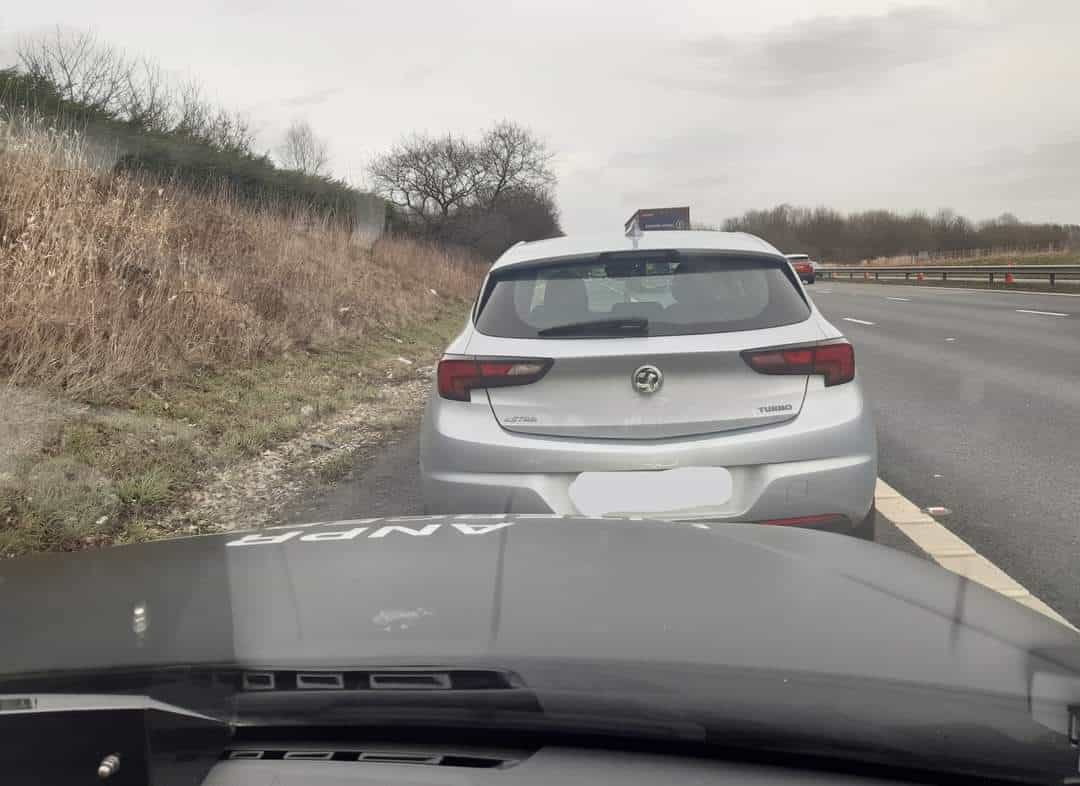Common mistakes to avoid when buying auto insurance policy

Common mistakes to avoid when buying auto insurance policy
What is auto insurance?
Basic personal auto insurance is mandated by most states and provides you with some financial protection in case of an accident. But is it enough? What are the options? Learn how car insurance works and whattypes of coverage are available.
An auto insurance policy will cover you and other family members on the policy, whether driving your car or someone else’s car (with their permission). Your policy also provides coverage to someone who is not on your policy and is driving your car with your consent.
The goal of a CAR insurance policy is to ensure all parties are covered on a project, regardless of the type of damage to the property or who caused the damage.
If you’re involved in a car accident, the last thing you want to worry about is not having the right auto insurance coverage. Whether you’re in the market for new auto insurance or need your current policy reviewed, it’s important to know what mistakes to avoid.
Here is our list of common mistakes to avoid when buying auto insurance policy.

1) Not evaluating the potential cost savings of a higher deductible versus potential out-of-pocket expenses.
An auto insurance deductible is what you pay “out of pocket” on a claim before your insurance covers the rest. You typically have a choice between a low and high deductible. A low deductible means a higher insurance rate, whereas a high deductible means a lower insurance rate. Typically, a higher deductible means lower car insurance rate and higher out-of-pocket costs. Verses a lower deductible which can mean a higher car insurance rate and lower out-of-pocket costs.
2) Carrying liability limits that are too low to provide enough protection from today’s judgements
Liability coverage is what pays for injuries and property damage to another person as the result of an accident in which you’re at fault. If you do not have enough coverage you can end up paying out of pocket and even have your wages garnished for many years.
Imagine this scenario: Ms. Whitney carries 50/100/50 for Liability coverage. One day, she hits black ice on the Mass Pike and spins out. This results in a multi-vehicle accident that ultimately totals five cars, one of which happens to be an $85,000 Tesla. In total, the incident does $142,000 of property damage. Ms. Whitney is personally responsible for the $92,000 remaining after her maximum coverage of $50,000 pays out.
3) Not disclosing all licensed drivers in your household
It’s important not to omit information on your insurance application, or forget to add drivers to your policy. For example, perhaps your teenager just got their license and is using your car. You must add them to your insurance policy, as well as anyone else in your household who drives your vehicle. Not disclosing all drivers could lead to a denied claim should an accident happen.
4) Not buying medical payments coverage when you may need it
Your medical insurance may not always cover injuries sustained in an accident. This is where medical payments coverage comes in. This type of coverage pays for expenses resulting from injuries to your passengers from a car accident, while personal injury protection pays for your medical expenses. To find out what coverage is required in your state and what limits the policy should meet, check with your state department of motor vehicles.
5) Not discussing coverage options for older vehicles with your agent or carrier
Insurance rates on an older vehicle may be lower than what you’d pay for those same coverages on a newer car. This is because a car’s value depreciates over time, meaning older cars are typically worth less than a vehicle that’s brand new. Be sure you talk to your insurance agent about lowering your limits. You might be able to save money by making adjustments to auto insurance coverage for your old car.
6) Not taking advantage of discounts offered, including: Accident-free, multi-policy, defensive driving, group, or paid in full.
When buying or updating your auto insurance policy, make sure you take advantage of every discount available to you. Ask your agent what types of discounts they offer. For example, you may be able to get lower rates if: you’ve been in few or no car accidents, you own vehicles you don’t drive many miles per year, you bundle other insurance policies with your auto insurance policy, and more.
7) Losing out on a multi-car discounts
Insurance carriers often make it less expensive to insure multiple vehicles on the same car insurance policy than it is to insure them individually. If the vehicles in your household are on separate policies, you should consider putting them all on the same one.
8) Forgetting youthful driver credits, including Good Student and Away at School.
Your teenage driver can get you discounts on your policy by maintaining good grades, and even for taking driver education classes. Also, if you have a student who is attending school far from home, and therefore is not regularly driving a vehicle that’s insured under your auto insurance policy, you may be eligible for a discount.
9) Insuring a vehicle on a commercial policy when it may be less should it qualify for a personal lines account policy.
SEE ALSO : I am against the tax rise in National Insurance in April : Tom Tugendhat
While there are some occasions in which a commercial policy may benefit you, like if you use your personal vehicle regularly for your job, oftentimes your personal policy will be enough to cover you. This can depend on how often you’re using a car for work, and what types of tasks you’re doing. Your insurance agent can help you figure out which policy is right for you and your needs.
Still have questions about common auto insurance mistakes?
Credit : Bearingstar
Comments are closed.